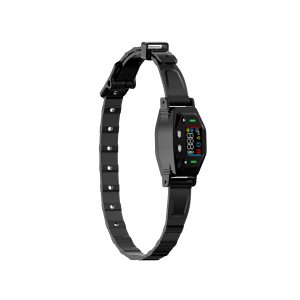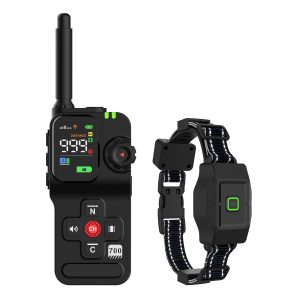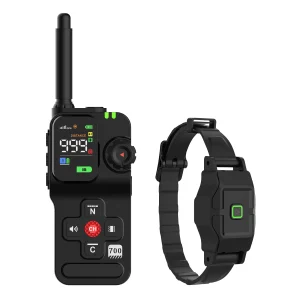Exploring the Safety of Bark Control Collars
When it comes to training your furry friend, bark control collars are a popular choice. But amidst their prevalence, a pertinent question emerges – are bark control collars safe?
There are different types of bark control collars on the market – ultrasonic, vibration, or shock collars. Each comes with its own set of pros and cons.
Proponents argue that bark collars are effective in preventing excessive barking, thus improving your dog’s behavior and your relationship with them. However, critics often highlight concerns about the potential harm or distress these collars might cause.
Let’s delve deeper into the safety aspects of bark control collars to help you make an informed decision for your pet.
The Science Behind Bark Collars
Bark control collars rely on behavior modification techniques. Ultrasonic collars emit high-pitched sounds, vibration collars create gentle pulsations, while shock collars deliver static pulses. The idea is to associate these stimuli with barking, prompting your dog to refrain from excessive vocalization.
Safety Concerns
One common concern is whether these collars cause physical or psychological harm to your pet. Studies have shown that when used correctly, bark control collars are generally safe. However, misuse can lead to negative outcomes.
Tips for Safe Usage
- Consult a professional trainer before using a bark collar.
- Choose the right type of collar based on your dog’s temperament.
- Follow the manufacturer’s guidelines for fitting and usage.
Alternatives to Bark Collars
If you’re still unsure about using bark collars, consider positive reinforcement training methods as an alternative. Reward-based training can be effective in curbing excessive barking without the need for aversive methods.
Final Thoughts
While bark control collars can be a useful tool in training your dog, their safety ultimately depends on responsible usage. Understanding your pet’s needs and behavior is crucial in determining whether bark collars are the right choice.
Remember, the safety and well-being of your furry companion should always be a top priority.




